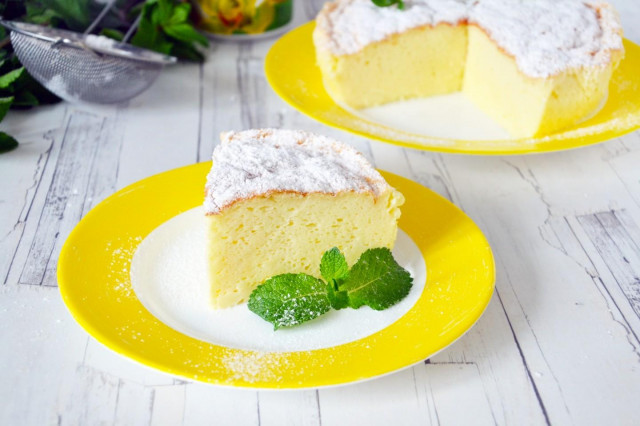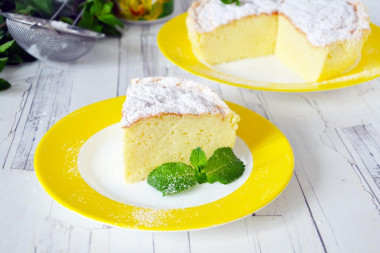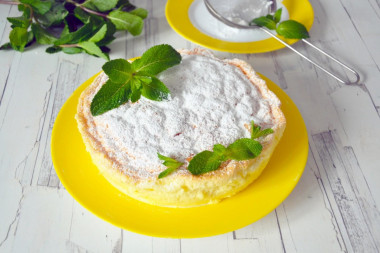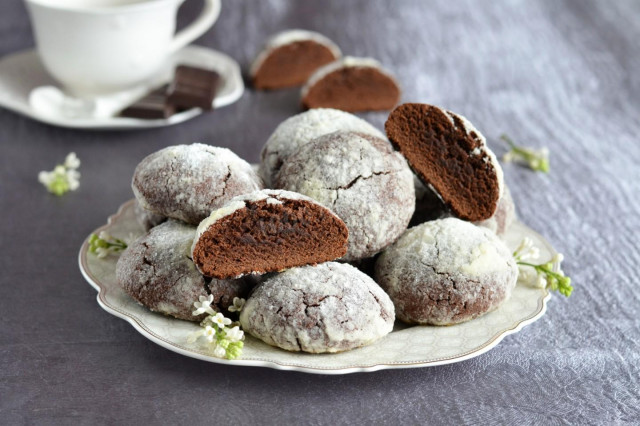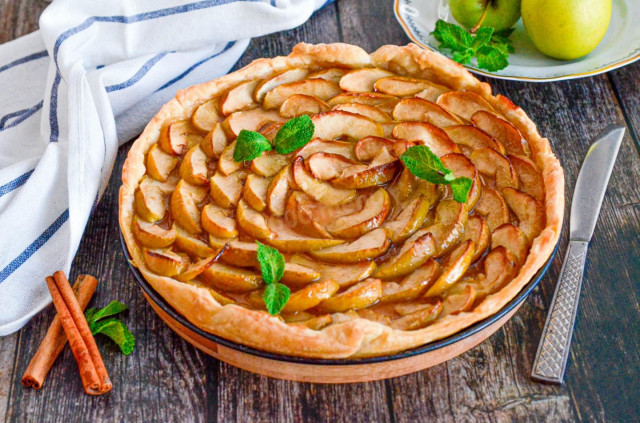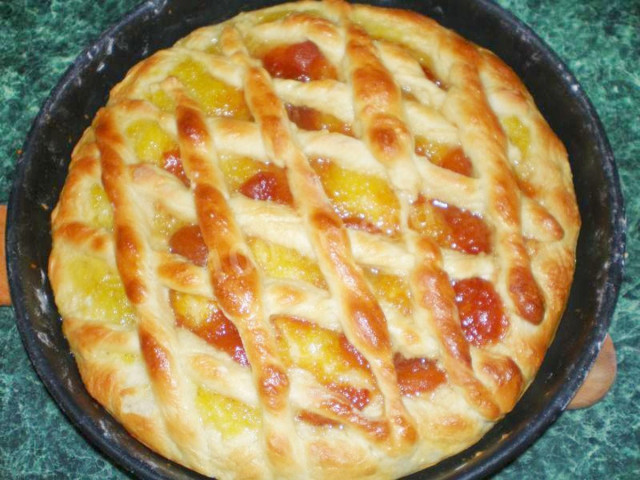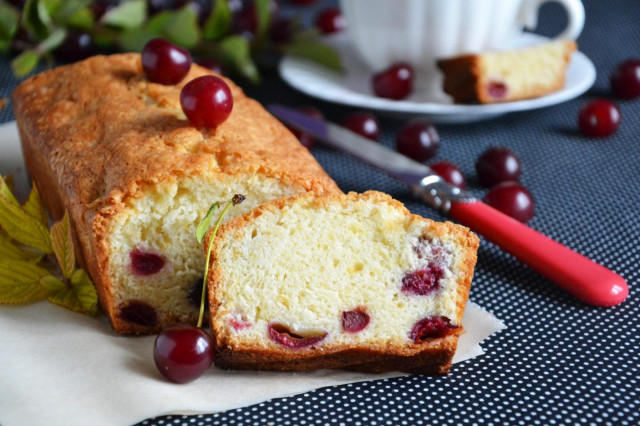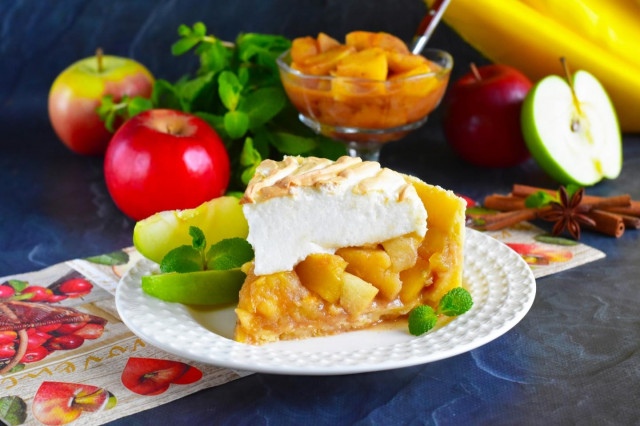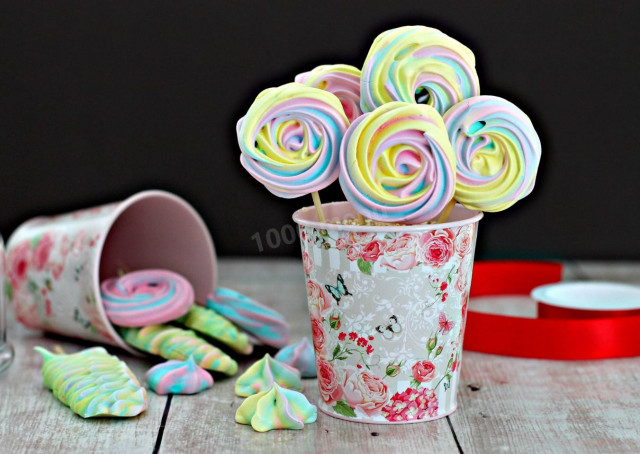Composition / ingredients
Step-by-step cooking
Step 1:
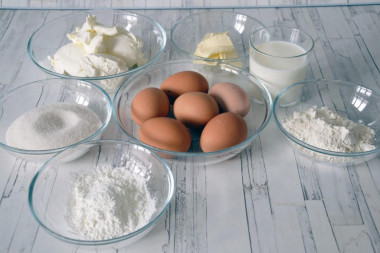
How to make Japanese cheesecake? Prepare all the necessary products according to the list. They should be at room temperature, so take the time in advance. Take everything out of the refrigerator and leave it in the kitchen for a couple of hours. Instead of mascarpone, you can take any creamy soft cheese. Prepare the required form. I have a detachable one, with a diameter of 20 cm. It is necessary to wrap it outside with foil so that water does not flow inside. Inside, cover the bottom and sides of the mold with parchment.
Step 2:
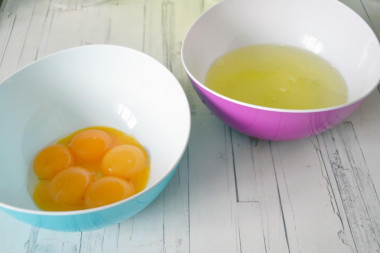
Wash and dry the raw chicken eggs. Separate the egg yolks from the whites.
Step 3:
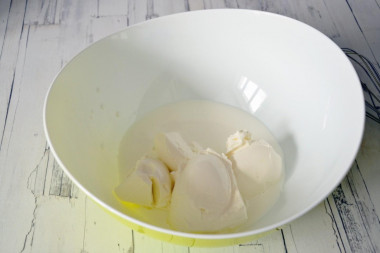
Mascarpone, any cream or cottage cheese (I have cottage cheese for baking from Hohland) combine separately in a bowl with milk. Mix everything with a spoon.
Step 4:
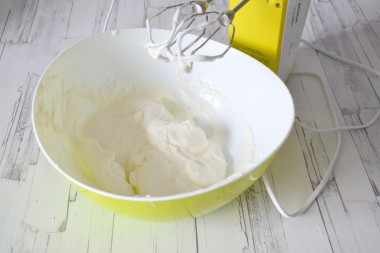
Beat the cheese-milk mixture with a blender or mixer until smooth, trying not to splash the surface of the table. Do not immediately turn on high speed.
Step 5:
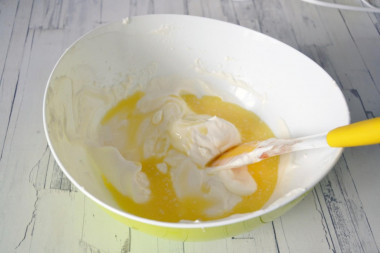
Melt butter in any way convenient for you. This can be done on the stove or in the microwave. Add the melted butter to the cheese and mix well. Don't worry that it's hot, it's not scary.
Step 6:
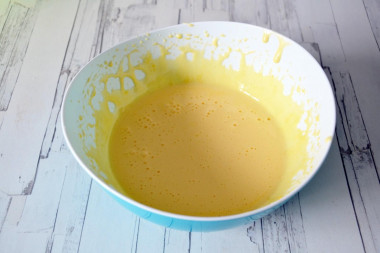
Pour 50 grams of sugar and vanilla on the tip of a knife into the egg yolks. Whisk them into a fluffy light mass with a bowl or blender.
Step 7:
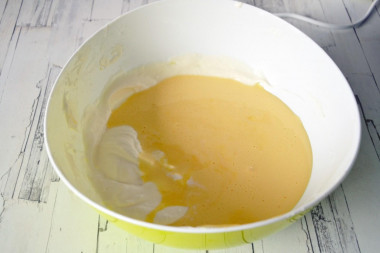
Now gently add the beaten yolks to the cheese mass.
Step 8:
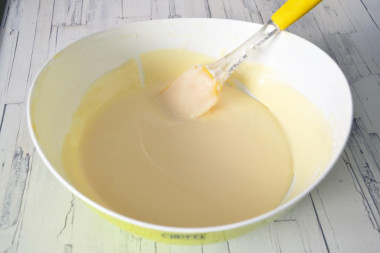
And mix the mixture until smooth.
Step 9:
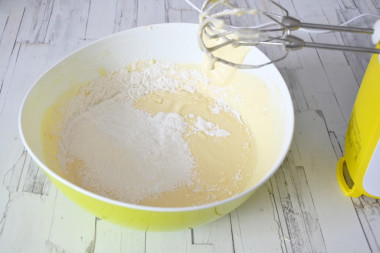
Sift flour with starch and mix parts into the cheese-egg mixture. Beat lightly with a mixer when the dry ingredients get wet (so the flour will not be sprayed in different directions).
Step 10:
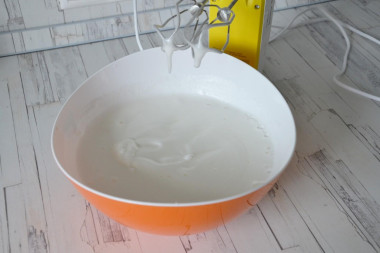
Whisk the whites first into a soft foam. Gradually, in a thin trickle, add the remaining sugar to them. Continue whipping until the proteins thicken strongly and the sugar is completely dissolved.
Step 11:
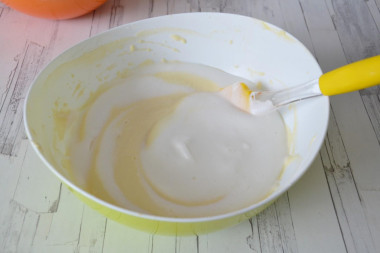
In several steps, enter the whipped whites into the dough, stirring it from the bottom up with smooth and smooth movements.
Step 12:
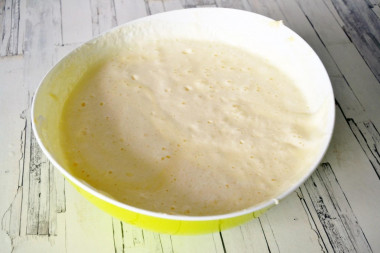
Should get a homogeneous lush mass. Preheat the oven to 150 degrees.
Step 13:
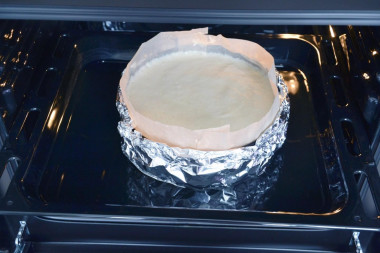
Pour the dough into the prepared baking dish. Put the mold itself on a baking sheet. Pour 1.5 cm of water into the baking tray . Bake Japanese cotton cheesecake until cooked. It took me about 1.5 hours. Determine the exact baking time by your oven! Then remove the mold from the oven and let the cheesecake cool. After that, take it out of the mold.
A very delicious dessert, the consistency is something between an omelet and a souffle.
Be prepared for the fact that flour may need more or less than indicated in the recipe. Focus not on the amount of flour, but on the desired consistency of the dough. To avoid mistakes, read about flour and its properties!
Keep in mind that everyone's ovens are different. The temperature and cooking time may differ from those specified in the recipe. To make any baked dish successful, use useful information about the features of ovens !
How do I know if an egg is fresh? Break it into a separate container. First of all, there should be no unpleasant smell. The protein of fresh eggs will be transparent and clean. The yolk should not spread and will be shiny, convex, homogeneous.
Caloric content of the products possible in the composition of the dish
- Whole cow's milk - 68 kcal/100g
- Milk 3.5% fat content - 64 kcal/100g
- Milk 3.2% fat content - 60 kcal/100g
- Milk 1.5% fat content - 47 kcal/100g
- Concentrated milk 7.5% fat content - 140 kcal/100g
- Milk 2.5% fat content - 54 kcal/100g
- Chicken egg - 157 kcal/100g
- Egg white - 45 kcal/100g
- Egg powder - 542 kcal/100g
- Egg yolk - 352 kcal/100g
- Ostrich egg - 118 kcal/100g
- Whole durum wheat flour fortified - 333 kcal/100g
- Whole durum wheat flour, universal - 364 kcal/100g
- Flour krupchatka - 348 kcal/100g
- Flour - 325 kcal/100g
- Granulated sugar - 398 kcal/100g
- Sugar - 398 kcal/100g
- Butter 82% - 734 kcal/100g
- Amateur unsalted butter - 709 kcal/100g
- Unsalted peasant butter - 661 kcal/100g
- Peasant salted butter - 652 kcal/100g
- Melted butter - 869 kcal/100g
- Vanillin - 288 kcal/100g
- Mascarpone cheese - 412 kcal/100g
- Corn starch - 329 kcal/100g

